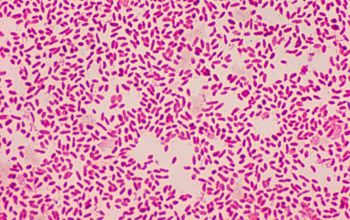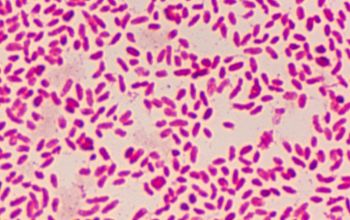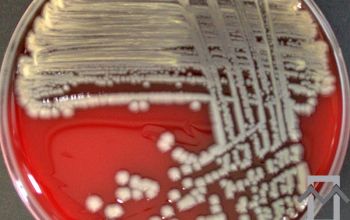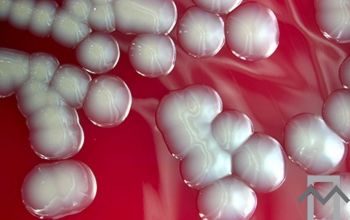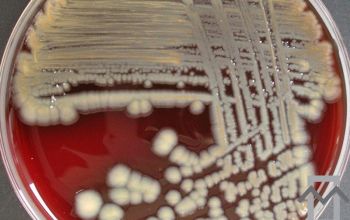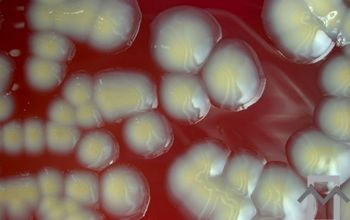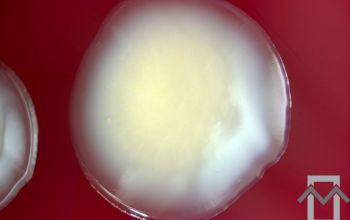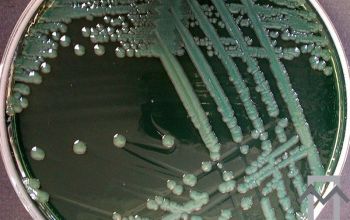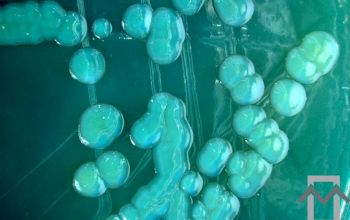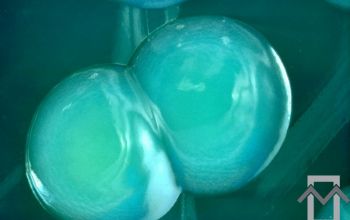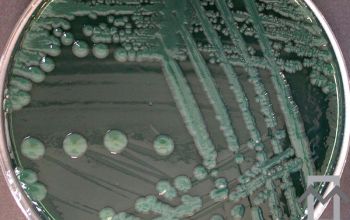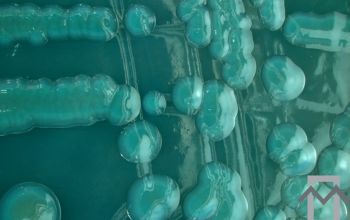Vibrio parahaemolyticus
-
General information
the following information is not yet verified
All Vibrionaceae require Na• for growth
Taxonomy
Family: Vibrionaceae
Natural habitats
Marine environments
Clinical significance
V. parahaemolyticus are the leading course of foodborne intestinal infections, almost always associated with the consumption of oysters, raw fish or shellfish.
They are primarily associated with diarrhea, but it had occasionally isolated from extraintestinal sites. They causes gastroenteritis with nausea, vomiting, abdominal cramps, lowgrade fever and chills.
The diarrhea is usually watery, but can on rare occasions be bloody.
Rehydration is usually the only treatment needed, but in some severe cases the patient requires hospital admission. Antimicrobial therapy may be beneficial.
-
Gram stain
the following information is not yet verified
Gram negative rod,
0.5-0.8 x 1.4-2.6 µm
straight, curved, or comma shaped rods,
-
Culture characteristics
-
the following information is not yet verified
Facultative anaerobic
Colonies may produce a brown pigment.
It is common for pure cultures of vibrios to produce multiple colony morphologies (as many as 5), best seen on blood agar.
Variations in morphology include smooth, rough, convex, flat spreading, and compact in various combinations.
McConkey growth, non lactose fermenter
TCBS green colonies
(sucrose not fermented)
BBAØ growth
motility: can swarm on solid media by production of numerous lateral flagella
-
the following information is not yet verified
-
Characteristics
-
References

